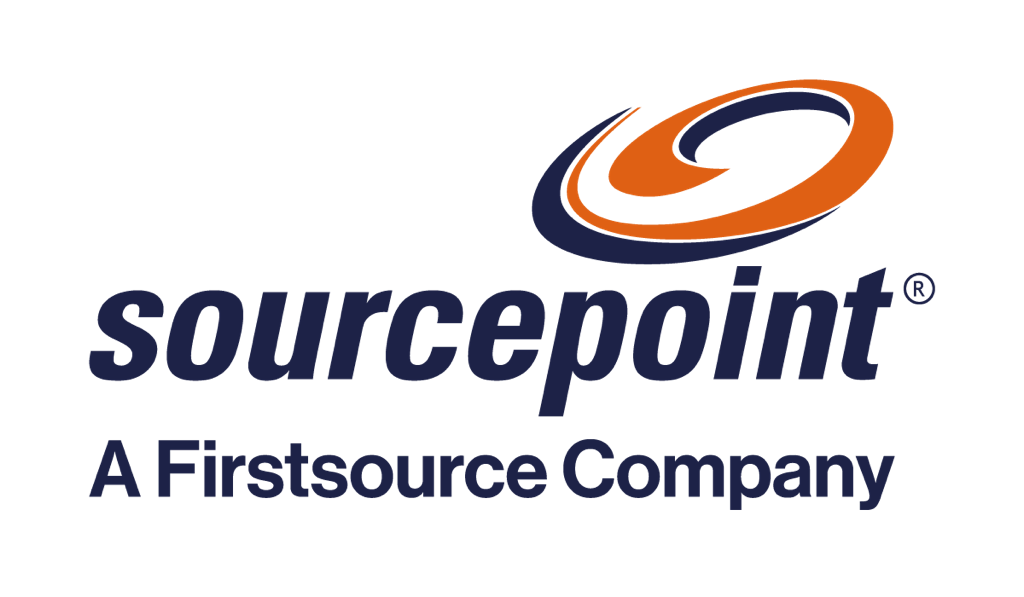I love cooking. But I like to do it at my own pace.
I don’t get a thrill from the daily prep, serve, eat, wash up, dry up routine that is business as usual in the Mitra kitchen. I prefer the long, drawn-out preparation of weekend and celebratory meals when I have time to mix and match spices, stir slowly, anticipate flavors, and savor every moment.
Our world, however, is fast becoming one of speed and convenience, of last minute, of ‘likes,’ of instant gratification—and the shopping frenzy that kicks off with Black Friday is all of these rolled into one.
Black Friday 2021 may not have been the biggest spending spree ever, but it was a big one. According to Adobe Analytics shoppers spent about $8.9 billion online, slightly less than 2020 and PayPal reported a 400% year-on-year rise in sales going through ‘buy now, pay later.’ And now, with Christmas around the corner, shopping is very much in the cards again.
‘Buy now, pay later’ (BNPL) is stirring up the world of payments. According to a recent survey one in five of us made a purchase using BNPL over the last 12 months. With a current market value of USD 4.95 billion, BNPL is growing fast. An August 2021 report by Grand View Research forecasts that BNPL revenue will reach USD 20.40 billion by 2028.
Handpicked Related Content
The appeal of these flexible finance schemes is obvious. They enable us to spread payments over a few —normally four—months and don’t charge interest or fees if repayments are made on time. Convenience, too, is key when it comes to BNPL’s popularity among younger consumers, as leading BNPL brands such as Afterpay and Klarna are embedded at the checkouts of their favorite online retailers.
BNPL helps consumers to bridge their budget gaps but inevitably, as with any delayed payment credit offer, some fall through the payment cracks. Recent research suggests that a third of U.S. consumers have fallen behind on one or more BNPL payments.
When that happens, BNPL providers need to be confident that their approach to debt collections is one that matches and reinforces their positioning as trail-blazing, digital-savvy innovators who champion consumers and put their needs first.
Putting customers first is for life, not just for Christmas. In a climate of regulatory scrutiny, and with BNPL providers increasingly under the media spotlight, it’s more important than ever that BNPL organizations make sure their customers feel valued and supported.
When it comes to debt recovery solutions, providers who focus on making repayments as easy as possible for their customers will be rewarded with loyalty. Debt collection companies need to engage with the customer on their terms, and empower them to drive their own repayment plan, so they feel part of the solution, not the problem. Nobody likes to be on the receiving end of a debt collection call, so BNPL providers must explore non-intrusive and supportive ways of engaging with customers who fall short on payments. How we handle someone when they’re down has a big impact on how they feel about our brand in the future, and speaks volumes about the kind of citizens that we are.
By managing the process with tact and sensitivity, debt collection companies can deliver ‘win win’ results for both customers and providers. Within three months, we helped a leading BNPL provider to outperform their competitors, to generate $3.6 million in debt collections, and to reduce their cost of collection by 20 percent. Most importantly, customer satisfaction surveys revealed overwhelming approval of their empathetic approach to debt collection and recovery.
I’ve said it before, I’ll say it again. Empathy is everything when it comes to debt collection.
And the best way to be empathetic is to listen to your customers needs and preferences, and to adapt to their pace.










